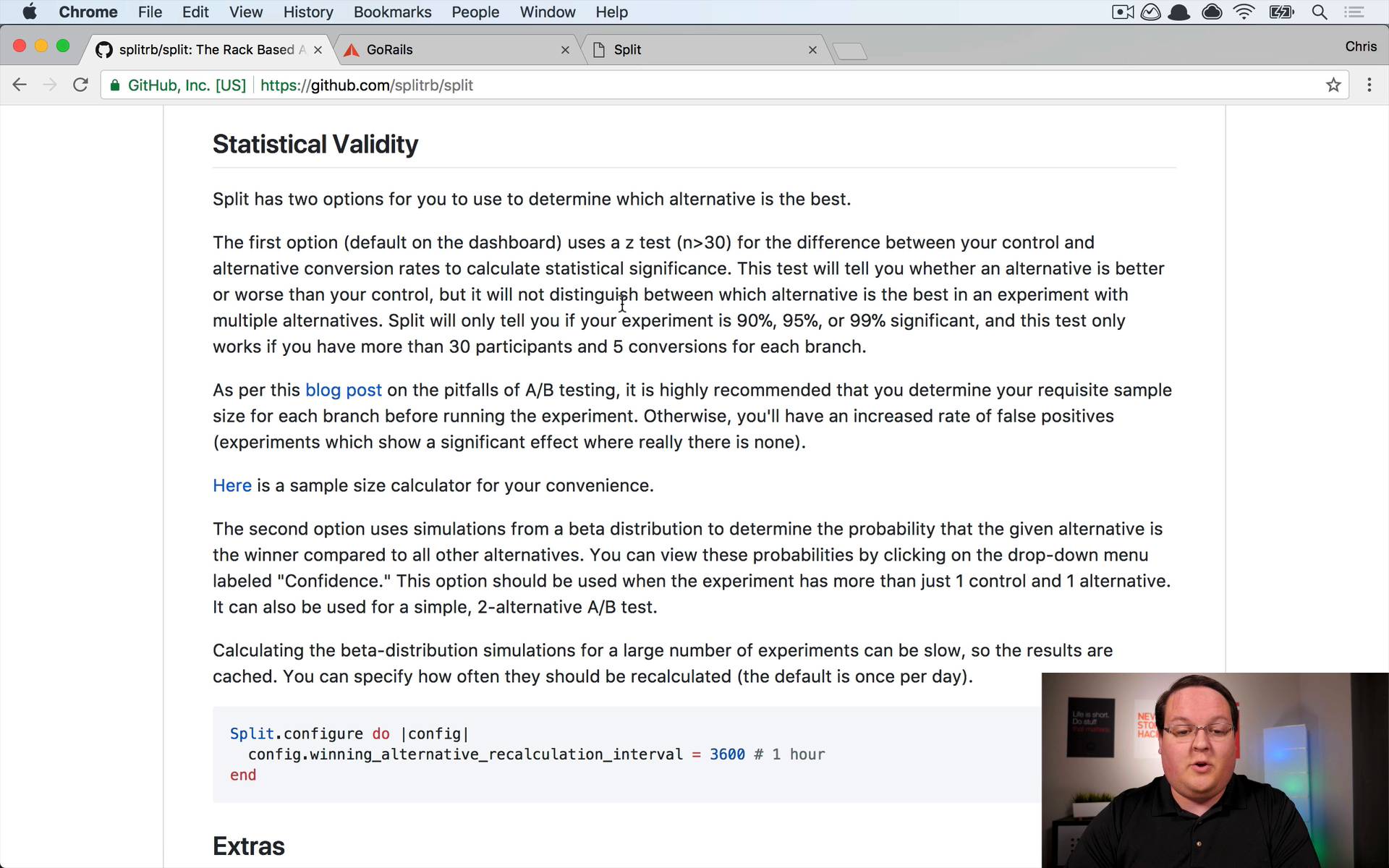Search Results for "best-practices-for-manipulation-working-with-data-from-model-after-creation"
Lessons
Forum Threads
File Uploading with Carrierwave Discussion
24
General
very helpful!! Thanks!!
Someone replied
Best practices for structuring reusable frontend components (coming from Angular/React) ?
0
Rails
Hey I'm an Angular developer diving into the Ruby on Rails, and I'm trying to figure out the best way to structure reusable frontend components, like buttons, in a Rails project. Especially because...
Cengiz Gürtusgil posted
Best Practices for storing API Keys, DB user / passwords, etc...
1
Rails
I would like to get everyone's take on what are is the best practice for storing DB usernames/passwords, API keys, Contstants, Etc... Should they be stored in config/environments/ then in test, dev...
Chris Oliver replied
Solved
Best practices for self-referential habtm setup?
1
Rails
Basic concept:Patch collecting app. There are issuing entities in the system that issue patches. That model is "issues". In many cases, these are difficult to tell apart. So I want to add a similar...
John Athayde replied
What are the best practices for generating SEO friendly urls in Rails 5?
7
Rails
What is the best way to generate SEO friendly urls?
The Rails default is to put the id in the URL e.g articles/2
I want to be able to have a url like this
articles/article-heading
Previously I...
William Kennedy replied
Solved
Nesting resources & controllers best practice
3
General
Hi all,
I'm relatively new to rails so apologies if this is a very basic concept / been asked before, I've had a look around and can't really find any best practices for when to use nested control...
Chris Oliver replied
Solved
Decoupling Development: Rails + Next.js for Collaborative Full-Stack Projects
0
Javascript
Hey Rails Community!
I want to share the gem that I believe will significantly streamline full-stack development workflows: https://github.com/raphox/next_rails_scaffold
What Does It Do? The gem ...
Customizing Rubocop Rails Omakase Rules Discussion
1
General
It’s great to see a focus on best practices for maintaining code quality while allowing flexibility in style preferences.
create.js.erb with Content Security Policy
0
Javascript
Hello, I'm researching best practices on implementing a Content Security Policy for my 5.2 rails app. I have a few `remote: true` forms that respond with `*.js.erb.` It's my understanding that thes...
computer_smile posted
Memoization Discussion
10
General
Great episode! I thought it was similar to Ryan Bate's old Memorization episode. Twitter method call was a great example, but I think it would be even beneficial for viewers if you have another e...
Agung Setiawan replied
How to Optimize ActiveRecord Queries with Large Data Sets in Rails 7?
4
General
I'm working with a large dataset in Rails 7 and some of my Active Record queries are getting slow. I've tried using .includes and .select, but performance still lags. What are the best practices fo...
kai cenat replied
New Video Ideas
0
Site Feedback
I was watching CodeSchool's "Feature Focus" the other day. This is where Greg and Carlos look at a popular site/app and pick a piece of functionality to focus on and write it themselves. They the...
shakycode posted
How to Migrate from Heroku to Hatchbox.io Discussion
9
General
Thanks, Chris!I'd love to see more of these. I'm using Hatch and loving it, I just don't think I'm using it to it's full potential.I think a series of setting up and configuring different features ...
Matthias Orgler replied
Our First API (Example) - GoRails
30
General
Chris, at 10:33, when you open /api/v1/locations/1.json in your browser, I see that you can alternate between raw and parsed views of the json. Which plugin are you using for this?
Someone replied
Setup Ubuntu 16.04 Xenial Xerus Discussion
110
General
Don't use "ssh-keygen -t rsa", use "-t dsa", much safer and not owned by NSA.... ;-)
Someone replied
How to Deploy Rails to Production on Ubuntu 18.04 Bionic Beaver Discussion
2
General
Hey Chris - Do you have a best practices guide for server maintenance?
Brian
TL replied
Thoughts on adding non-standard REST actions to a resource?
4
Rails
I have a `milestone` resouce that can be activated/deactivated as well as completed/reopened.
Rails pushes the standard 7 actions in your controllers: index, new, create, show, edit, update, destr...
Dan LeGrand replied
Solved
How do I properly Shallow nest while doing a Many to Many association?
1
Rails
So I am teaching myself rails through online tutorials and such. I have followed many on how to make a CRUD. I have learned about nested routes and how to accept attributes and dependents, etc. Now...
Brendan Feltrup-Exum replied
rails API -> structuring JSON - best practices
1
Rails
Is there any better alternative to jbuilder?
Since fast_jsonapi is no longer maintained, what is the current 'best practice'? jb?
Esti Alvarez replied

